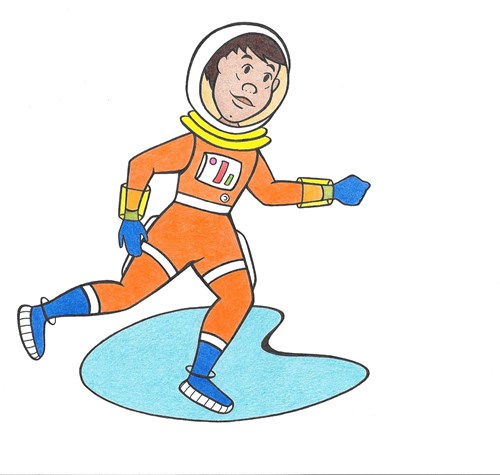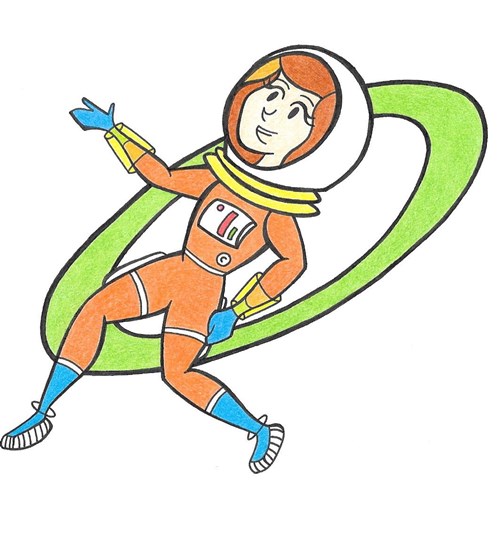JUNIOR ASTRONOMERS
The Junior Members' section in RAG is for children and young people aged from 8 to 18. The benefits of being one of our Junior Members are similar to those for adult members. You can find the benefits on the Membership page. To become a Junior Member you must be accompanied by an adult Member at all the meetings and events. Here's what two of our Junior Members think about the Club ..... |
|
Hey Friend! My name is Sam! I joined RAG in Summer 2017, back then I was only 10, now at 14, I have managed to photograph using a camera and my telescope, and trust me it feels great, its like you get to see what lies beyond our safe blue planet.
So why should you join? Well for one, its gives me something look forward to on Friday nights (other than the weekend!). And also Astronomy is interesting, and now we have our own Observatory, equipped with a huge telescope and other things for research. It's also - and I've kept saying this and I will keep saying it - an awesome community to be a part of! |
|
We also have meetings in the Observatory, as well as Group Observing evenings, when we get together outside with our telescopes and binoculars.
The junior page is the part of the website intended for us, the younger members, so that we have a dedicated section of the website, covering the things we want to know about. In this Junior Members' section we cover interesting topics including the solar system, stars, planets and galaxies plus many more exciting subjects. The content is targeted to be engaging, full of facts, and it’s a fun, inviting place to learn and develop interests - I certainly have. |
|
Hi Friends and fellow Space Detectives !
FACTS IN FOCUS THIS MONTH: All about ASTEROIDS The first Asteroid was seen in 1801, then others were discovered. This group of objects were given the name ‘Asteroids’ by William Herschel in 1802 - the word means ‘star-like’. Asteroids are rocky leftovers after the formation of the solar system 4.6 billion years ago.
The first Asteroid to be seen was discovered by accident by an astronomer called Piazzi when he was making a star map. He named it Ceres - the Roman goddess of Harvests. We know now that Ceres is the largest Asteroid - so I suppose it makes sense that Ceres was the first one to be seen. Back then, in 1801, telescopes were not as powerful as they are now.
Mars is someties called 'the Red Planet' - that's because it has rusty iron in its ground. Mars is like Earth in that it has seasons, weather, polar ice caps, canyons, and volcanoes - but the volcanoes are no longer active like the ones on Earth. Mars is the second smallest Planet in our Solar System - Mercury is the smallest. The Diameter of Mars (at its equator) is about half the size of Earth's Diameter (at our Equator). Mars is the fourth and last of the four 'rocky' planets. Those nearer the Sun are Mercury, Venus and Earth. It is a 'terrestrial' planet Mars is the only planet that we have sent Rovers to. Try checking this out ! (Using the pictures from the Perseverance Rover) During the Martian day the sky is pinkish-red, and during the Martian night the sky is blue. See you next month ! |
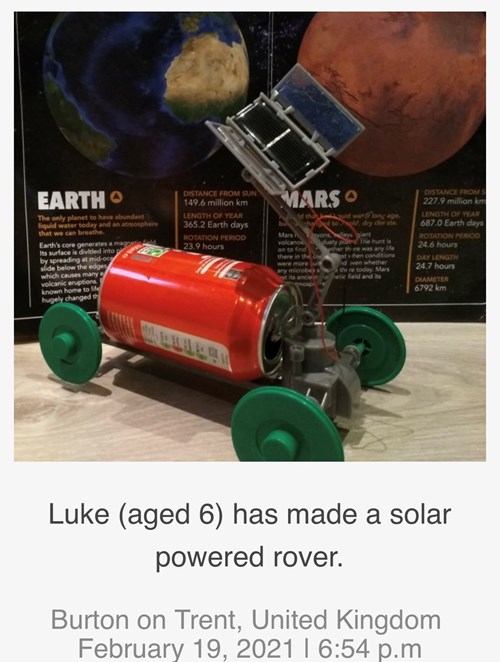 |
Luke is fascinated with Space - just like his Mum, and he loves making things. When the Perseverance Rover landed on Mars on 18th February, 2021 Luke made a solar powered Rover. His Mum sent the picture of his Solar Rover to NASA and they put it on their website in the 'Mars Mission Student Showcase'. The picture on the left is taken from the NASA website.
|
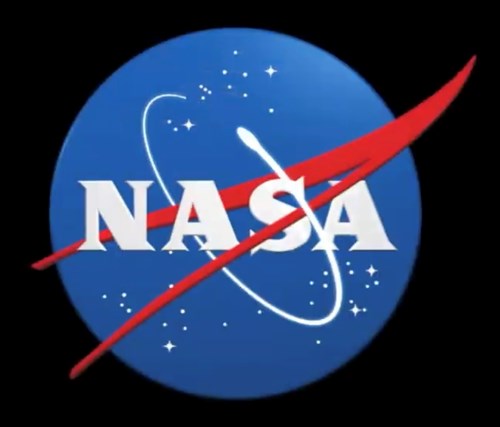 |
|
Hi Everyone ! We are Nick and Nicci ........the Astro-nics !
|
|
WORDS IN SPACE INTERESTING WORDS USED IN ASTRONOMY - AND WHAT THEY MEAN ! Astronomy is a science that is really fun ! It is full of interesting things to find out about. There are lots of words in Astronomy that sound interesting when you say them, or they mean interesting things. Here are a few of them beginning with A and B.
Next month we will be looking at some words beginning with E and F. |

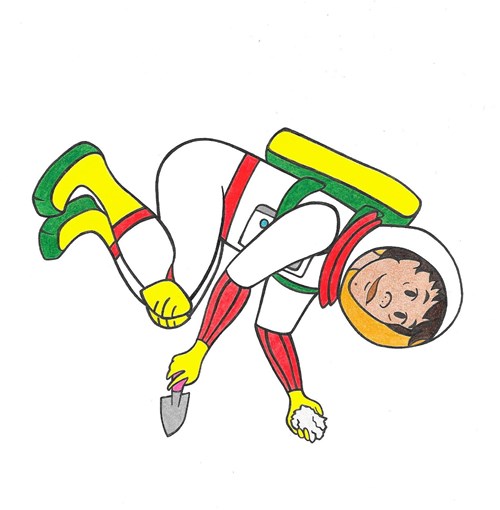

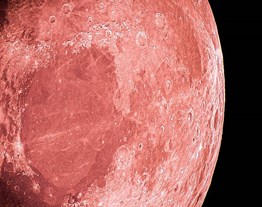
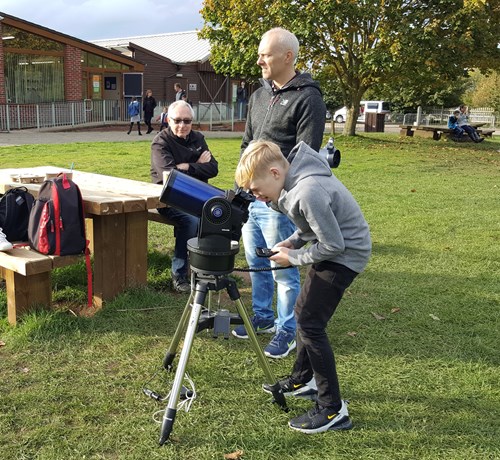
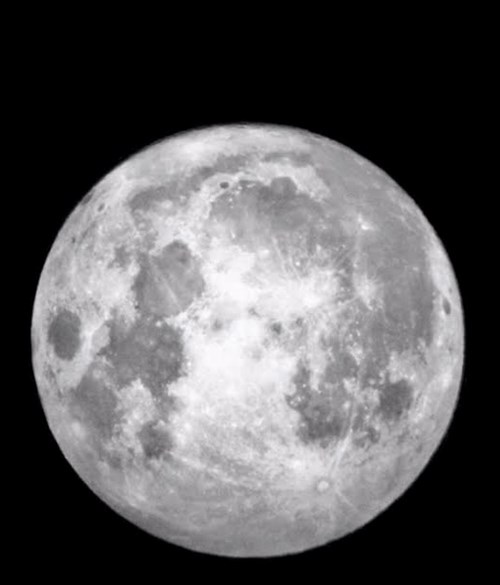
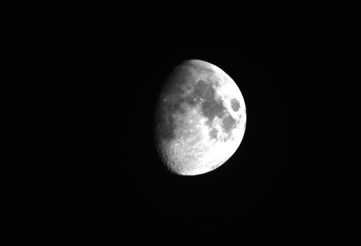
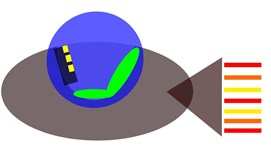
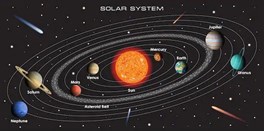

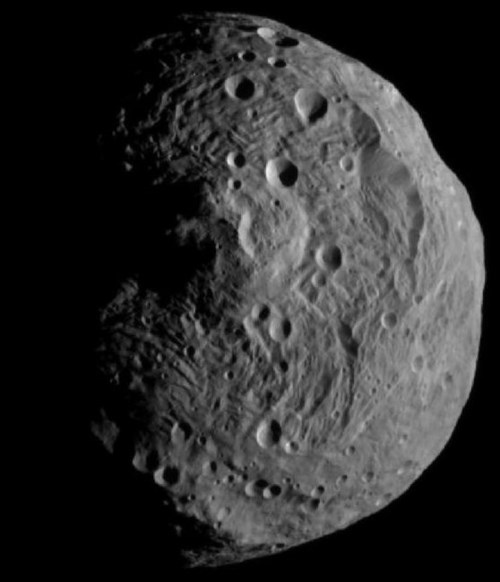
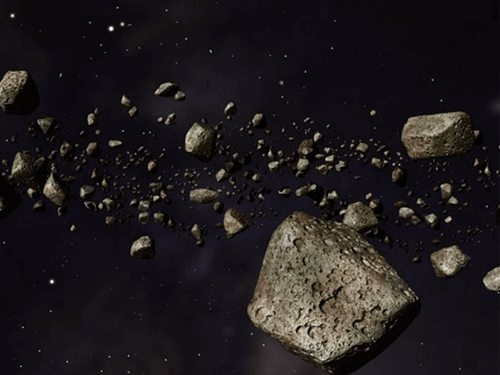
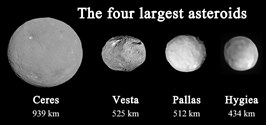
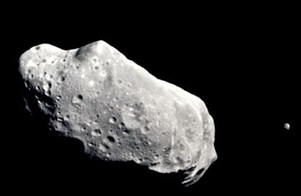
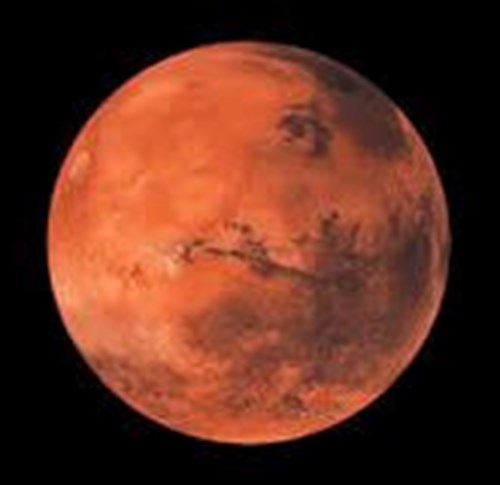 Image credited to NASA
Image credited to NASA